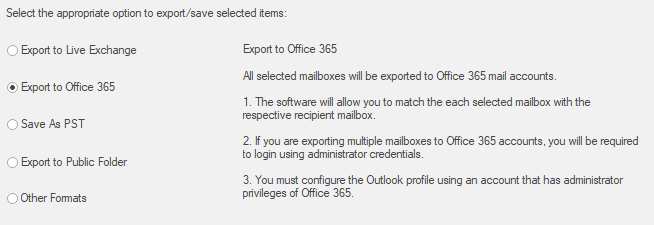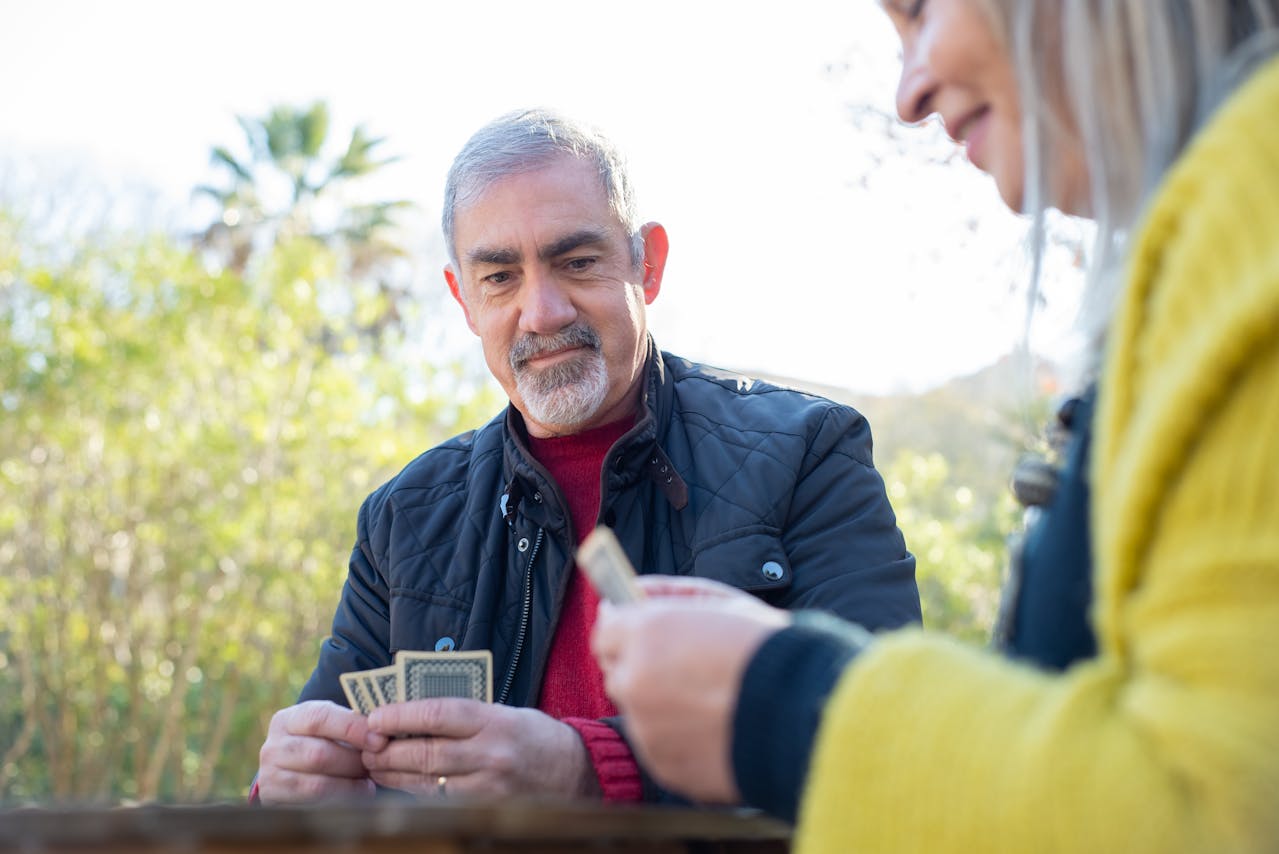You can export mailboxes from an Exchange database to PST in MS Exchange using the Exchange Management Shell (EMS) cmdlets and Exchange Admin Center (EAC). However, these manual methods for extracting and converting mailboxes to PST have several limitations. They require a significant amount of time and technical expertise, provide no preview or statistics, and frequently fail to export complete data if bad folders are found in the mailboxes.

Furthermore, these Exchange tools do not support exporting mailboxes from an offline database or decommissioned Exchange server.
To overcome the limitations of Exchange tools, consider using advanced EDB to PST converter software, such as Stellar Converter for EDB. Stellar Connected me and share their product Stellar Converter for EDB to test the software few days ago. The tool does not require any technical knowledge or permissions to operate. Stellar Converter for EDB is a powerful solution that helps IT administrators and businesses to convert their Exchange Databases to PST or Office 365 (Exchange Cloud) without downtime. Let us explore its features and functionalities.
Stellar Converter for EDB Features
When having an extraction application, one needs to appreciate and looks for the user friendly and the simple interface features first. This will lead to an application being accepted and easy to use by technical and non-technical people. The interface is very simple and has the likes of Outlook, so it’s easy to get used to. In addition to that, it has an in-line search with full mailbox preview and with minimal windows as all the tools needed are on the screen.
- With Stellar Converter for EDB, you are not dependent on a running Exchange Server as you will be able to open and browse through the databases and their content from just the accessibility of the EDB files. So, you can open EDB files from any version as well as opening live databases.
- When having big Exchange databases and big mailboxes, extracting data will have a huge impact on performance, but with Stellar Converter for EDB, you can benefit from parallel exports so that the conversion is much faster and optimized.
- Customization and filtering are one of the easy features that you will find. You don’t need to export all and then granularly extract what you want. With the application you can be selective to mailboxes, archives, shared, disabled and public folders.
- The application can be installed on any Windows operating systems from Windows 7 to Window 11, as well as server operating system from Windows Server 2008 till Windows Server 2022. The application is also compatible with any version of Exchange Server databases from 5.5 till the latest version being 2019.
- If in doubt or you want to test the application to see the functionality, one can easily download a free demo from the website with no strings attached. Although all the functionalities will be available, you will be limited until a license is purchased.
Stellar Converter for EDB Editions and Pricing
With Stellar Converter for EDB, there are three editions available.
Corporate I and II
Corporate I will give you all the functionalities, except the parallel exports and it will support up to 50 mailboxes to export. It is priced at €299. The Corporate II has all the functionalities of the Corporate I but it supports up to 500 mailboxes with the price tag set to €399.
Toolkit
Then there is the ultimate edition called Toolkit which supports unlimited mailboxes and includes additional tools to recover from OST files, recovery from backups, password toolkit, and recover from corrupted databases. This edition has a price tag of €699.
With the above in mind, one would need to check the edition which suits the needs of the business or client depending on the functionality, and quantities.
How to use Stellar Converter for EDB
The installation process of Stellar Converter for EDB is easy and with a few clicks the installation is ready to be used. Once the installation is complete, you will be presented with the option to open live databases or offline EDB files. In our test we have choose the option to migrate offline EDB file to Office 365.

Once you have connected to the Exchange Server or the offline EDB file, there will be a quick scan and you will be presented with a full overview of the structure of your files or databases.

Once this is done, you can use the Save Scan button to save the scan process to easily re-open the databases.

As you can see from the interface, on the bottom left pane, there is the change view from mail, calendar, contacts, tasks, and journal which are previewed in full HTML views. The middle pane offers a full list of items in the folder along with inline search within the list of all the columns. In the right pane, we have a full HTML preview with all the attachments.
Once we have made the selections from the database, we can click on the Save button to reveal the export or migration options.

As we can see above, we can export to another live Exchange Server. We can also export directly to an Office 365 tenant and use it as a migration tool. You will feature a full reporting and monitoring of the exports, parallel exports, priority exports for your VIP users.

This export also features automatic or manual mailbox matching the source with the destination.

For file exports you will have the export to PST, EML, HTML, MSG and PDF formats available.
What are the Pros and Cons?
The application has a lot to offer and to be honest it has all there is to have, and with the toolkit version, it will assist with anything that could happen with your Exchange Server setup when it comes to recovering or migration your data. It features a simple interface, flexibility in the export of the data and a powerful engine to back that up. Compatibility is with any version and any size limit.
With regards to cons, we cannot say much but some things we need to mention are not technically wise as it offers all. The only thing we can mention is that the application can be expensive. Not relevant but worth mentioning is that the free version is limited to the export limit.
Verdict
Stellar Converter for EDB has been proven to be a very powerful EDB to PST conversion solution with the ability to migrate to a new Exchange Server or Office 365. Stellar Converter for EDB can migrate Exchange mailbox PST, EML, MSG, HTML, PDF, etc. It’s the best choice for any Exchange Server administrator and even for non-technical people since it offers a simple interface with the best user experience. It offers compatibility with any operating system version and Exchange Server databases with no size limit.


















